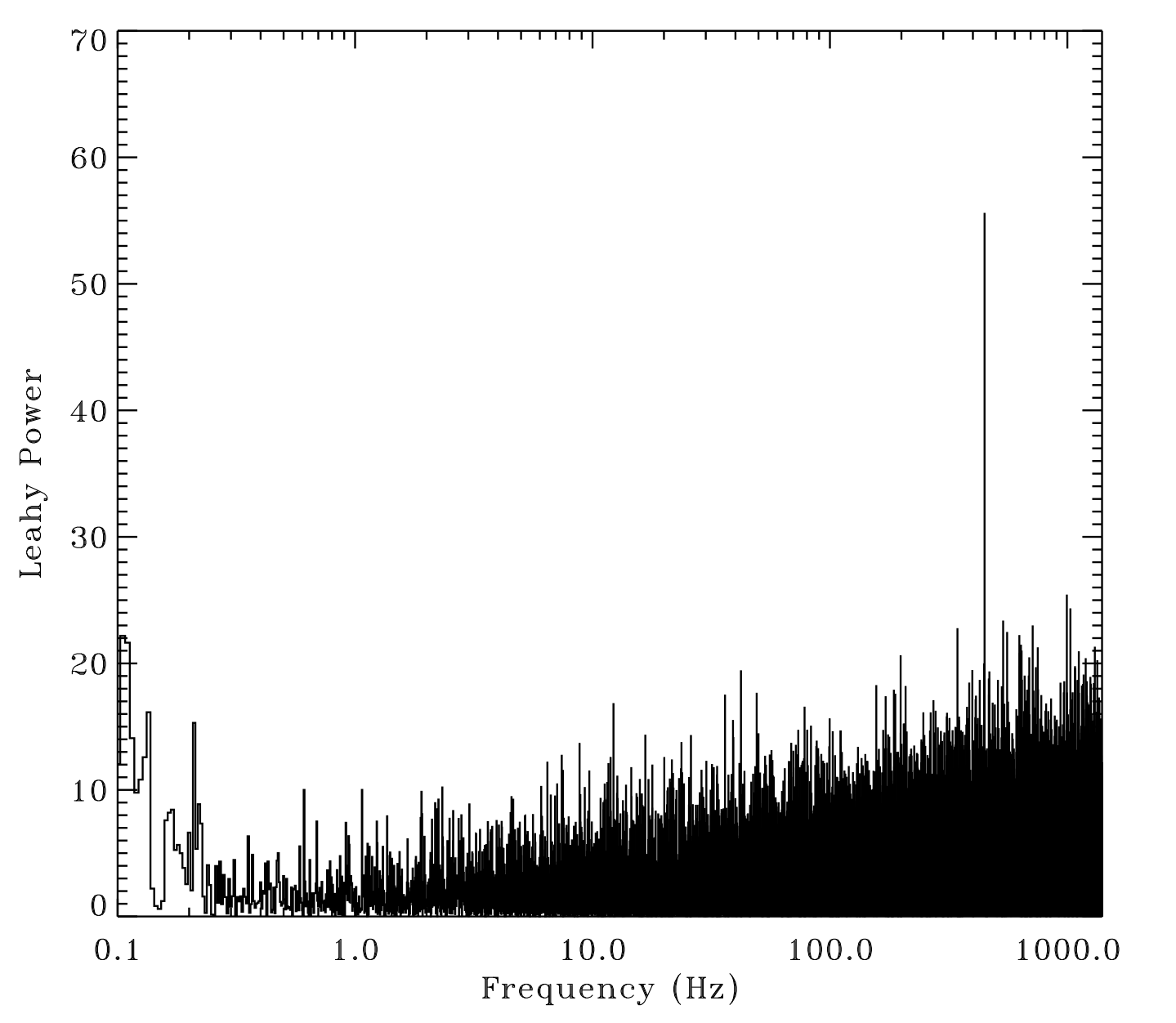NICER / ISS Science Nugget
for February 22, 2024
NICER discovers a new millisecond pulsar
On February 21, a previously unknown source of X-rays within the plane of our Milky Way was detected by the Astronomical Roentgen Telescope X-ray Concentrator (ART-XC) instrument onboard the Russian-German Spektr-RG satellite. Within 6 hours of the discovery's announcement via an Astronomer's Telegram (ATel), NICER began observing the new target, SRGA J144459.2-604207. With approximately 45 minutes of exposure gathered over several ISS orbits, a prompt analysis by members of the NICER team - led by graduate student M. Ng (MIT) - provided an unambiguous identification of the new source as being a binary system containing a neutron star.
The first clear indication of the nature of the source was the detection of a so-called Type I X-ray burst: the flash of a thermonuclear explosion on the neutron star's surface as hydrogen and helium nuclei, drawn from the low-mass companion star, undergo fusion at extraordinarily high densities. Only neutron stars are known to exhibit this phenomenon. Subsequent analysis revealed regular and coherent X-ray brightness fluctuations with a period of approximately 2.2 ms; although the significance of the signal in individual NICER "snapshot" exposures was not very high, when combined the presence of the pulsations was clear. A closer look showed that the precise values of the pulsation frequencies vary slightly from one snapshot to the next, and even within some longer snapshots, the likely result of Doppler shifts as the neutron star moves in its orbit with the companion star. The existing data suggest an orbital period well under one day; continued data collection is expected to reveal the precise orbital period over the coming days.
These results were reported by Ng & collaborators in ATel #
16474, and additional NICER observations are planned.

Figure caption: A power-spectral density plot of NICER's first 2,700-second exposure on the newly detected, bright Galactic X-ray source SRGA J144459. The dense "scruff" shows the amplitude of X-ray brightness variations on various timescales (frequencies in cycles per second, or Hertz), with the variation amplitudes normalized according to an approach (established by D. Leahy) that can be converted to probabilities of chance occurrence due to noise. The single sharp spike at right, at a frequency near 448 Hz, is a result of pulsations from the newly discovered neutron star's rapid rotation, with a chance occurrence probability less than 1 in 10,000 (Figure credit: T. Strohmayer).
<< Previous
Main Index
Next >>